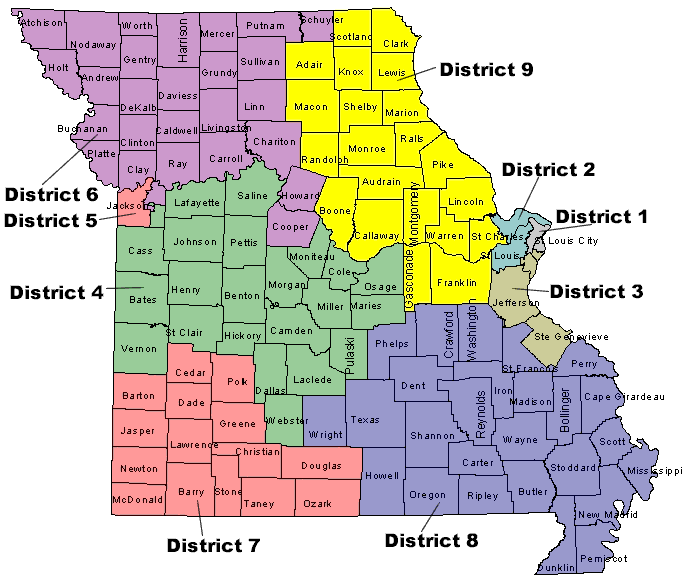Census Tract Manual: 1947 Edition
Introduction
Information on a small-area basis is essential for the analysis of modern problems of large cities and for the efficient administration of the municipal, welfare, and commerical enterprises. To meet this need, certain large cities, and sometimes their suburbs, have been divided into census tracts. In current practice, each tract ordinarily contains a population between 3,000 and 6,000. The tracts are permanently established, so that comparisons can be made from year to year and from census to census; they are laid out with a view to approximate uniformity in size; and each is designed to include an area fairly homogeneous with respect to race, national origin, economic status, and living conditions.
Page Last Revised - February 12, 2025





